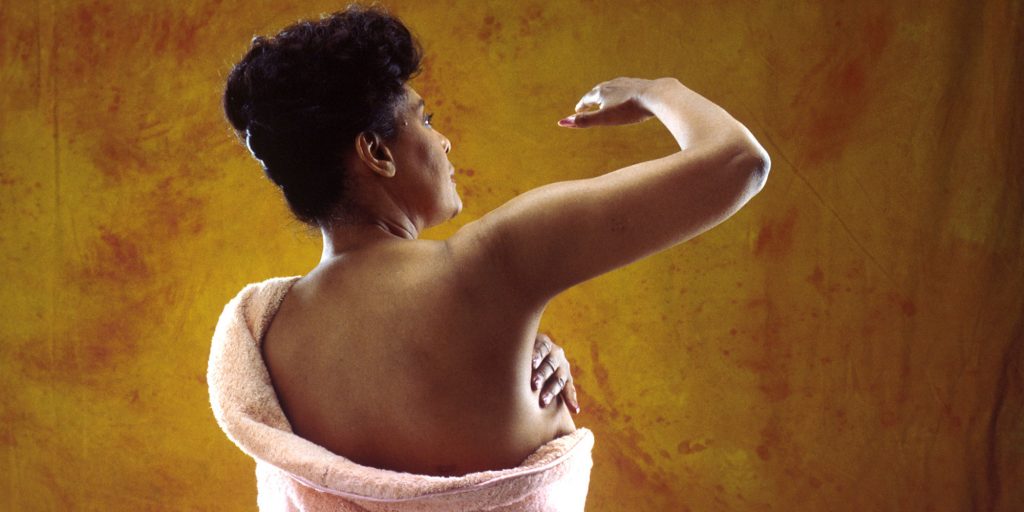Some 10 to 15 patients suffering from these gynaecological pathologies have been operated upon during the on-going gynaecology congress.
Last month, during routine screening of women on different gynaecological pathologies at the Gynaecological Endoscopic Surgery and Human Reproductive Teaching Hospital Paul and Chantal Biya (CHRACERH) in Yaounde, some of them were diagnosed with uterine synechiae, cervical and breast cancers.

Amongst those with cervical cancers, the Administrative Director of CHRACERH, Professor Jean Marie Kasia said they had some women who had pre-cancer legion which is the step before real cancer.
At this stage, medically, he said something positive or corrective could be done. But when it is already a real cancer case, the expert said a surgical intervention can take place alongside other complementary treatments. But the success of this will depend on the extent to which the disease has gone. The ideal moment to handle women with pre-cancer stage was at the on-going International Congress for Gynaecological Endoscopy.
And it went live, when the cases were being handled by renowned scientists. Since April 23 at CHRACERH, surgeons from all the seven continents have been operating on women with cervical cancer through a Total Laparoscopic Hysterectomy (TLH).
However, the experts underscored the fact that this is a solution for women who are already under menopause and do not need children. Several cases of Laparoscopic Myomectomy have also taken place to get rid of fibroids in some women. Another type of endoscopic surgery which is passing through the vagina to the uterus has been done during the congress.
This was meant to treat all types of diseases within the uterus such as, the removal of fibroids and polyps (tiny tumours within the uterus that can develop to cancers. This usually results to too much bleeding in women especially those who are fat.
A woman was operated from uterine synechiae which is due to poorly performed abortion resulting to infections and further complications such as the adhesion of the two parts of the uterus without any cavity. “When this happens, the woman concerned cannot have her menses or a diminish flow of menses, and no means to conceive a baby.
To handle such a case, is a difficult one through hysteroscopy,” Prof. Kasia noted. But the patient with such a case was lucky to have the best expert in the world, who invented the method and machine used in correcting her situation. Professor Stefano Bettocchi from Italy was present at CHRACERH to re-establish the cavity of the lady. Through a hysteroscopy surgery, Stephano Bettocchi created a new cavity.

